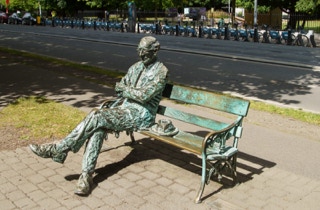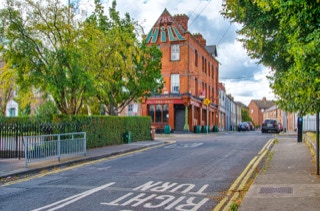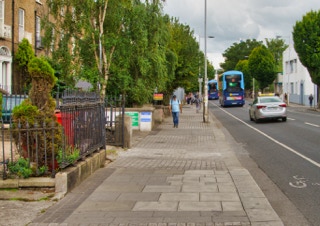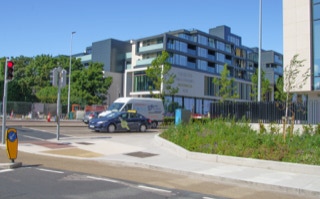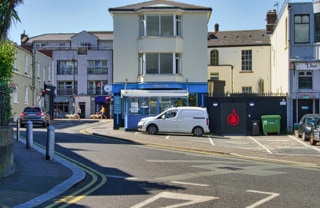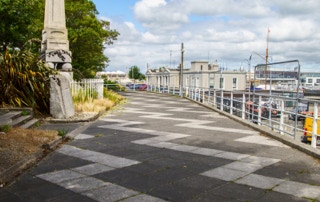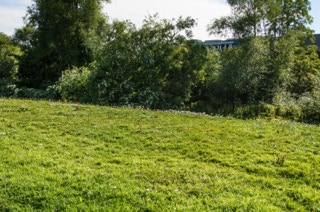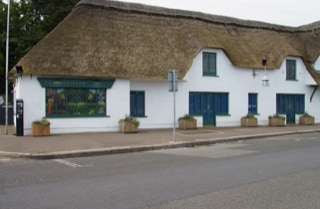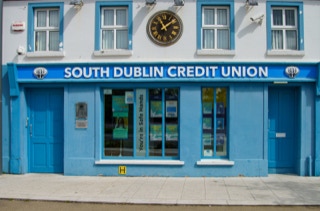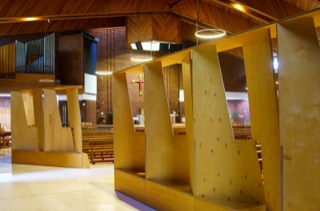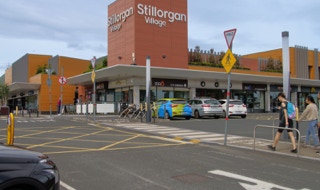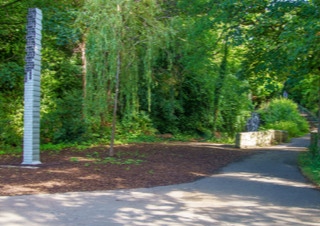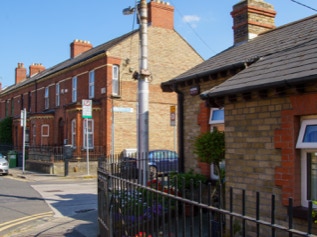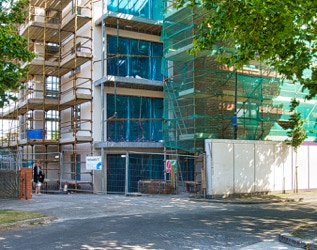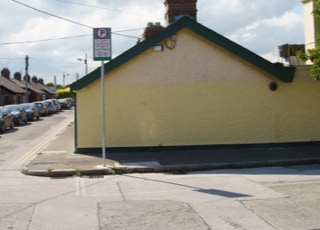Bathing was very popular from the eighteenth century onwards. For example, Blackrock is mentioned in a number of books of the time as being an attractive bathing area for many Dublin inhabitants.
Two separate bathing areas in old Dun Laoghaire have been noted in maps dating from the 1790s. Sources mention baths in Kingstown being built by the Royal Hotel in 1828. They were probably removed to make way for the construction of the railway in 1836.
In 1843, John Croswaithe built baths on the corner of Scotsman's Bay. Originally known as the Royal Victorian Baths, they were only used by those who had the means to afford them. This is the site of today's Dun Laoghaire baths.
Crosthwaite lived in Victoria Cottage, which is now long demolished. It stood where the road now runs, in front of the present-day Dun Laoghaire Baths. Croswaithe Park in Dun Laoghaire immortalises his name.
Kingstown Urban District Council bought the baths in the late 1890s and renovated them between 1905 and 1911 at a cost of £12,000. This is when they became known as Kingstown Baths, and later Dun Laoghaire Baths. The current derelict Edwardian entrance dates from this time. Crosthwaite also built baths at Seapoint, which were privately owned.
Dun Laoghaire beach was also a popular bathing area. The beach was pebbly, but set up with terraces and sun loungers. Many old photographs and postcards show this to be a very popular area for bathing and recreation.
Works at the Dun Laoghaire Baths continue and when complete will provide for the continuing public use of the area. Works include the retention and securing of the existing Baths Pavilion and the removal of dilapidated structures to the rear of the Pavilion to create a new route between Newtownsmith and the East Pier. This walkway will be at a level that will create a safe and secure walk offering panoramic views over Scotsman’s Bay. The form of this walk will reflect the original rocky shoreline and the historic alignment of the old gun battery that was originally located on this site. The walkway will incorporate sitting and viewing points and the land adjoining this walk will be re-graded to create sloping grassed areas. The scheme also proposes the refurbishment of the small gazebo situated along this route.
The existing Baths Pavilion together with a smaller outbuilding will be retained, weathered and secured while the remaining dilapidated outbuildings to the rear and side of the Pavilion will be removed. It is proposed to fit out the Pavilion to accommodate studio space for artists and to provide gallery and café facilities. The studios will be managed by the Arts Department. The original Baths entrance along Windsor Terrace will be restored to provide access. An outdoor ‘café terrace’ linked to the new café will provide an attractive sitting area for viewing eating and relaxing. It is also proposed to create new public toilets facilities at street level which will also be accessible for wheelchair users. Footpaths along Windsor Terrace will be upgraded, and new street trees planted.
These uses and improvements will create new life and provide enhanced public facilities which will complement and link the area to the adjoining Peoples Park, the completed Metals Project Phases 1 and 2 and the recently completed DLR Lexicon Environs project.
Project Update
The project is divided into several work zones. These zones include work to the new jetty, works to the new sea walls, works to the Pavilion and works to tie into the existing walkway at Newtownsmith. Currently works to the new jetty are nearing completion. This has created a new viewing point with stunning vistas across Scotsman’s Bay to Sandycove Harbour. The new long bench on the jetty has been also been completed which is inspired by the sitting bench where swimmers relax overlooking Sandycove Harbour. The new Casement Memorial Sculpture by the sculptor Mark Richards is complete and is dramatically sited on a plinth at the end of the jetty.
The construction of massive new sea walls supporting the new walkway at the back of the pavilion are also nearing completion. The old Pavilion building has been stabilised enclosed and is now fully weathered. This has allowed the artists’ studios at the lower level and café at the upper level to be progressed with the installation of electrical and mechanical services. While significant progress has been made in all these areas overall progress in constructing the works has been slower than anticipated. A combination of factors has contributed to this including a requirement to stabilise the retaining walls that supports the Queens Road and Dart cutting, difficulty in constructing the jetty and underpinning and stabilisation required for the Pavilion Building. As a consequence of this the Contractor advises a completion date of Summer 2022. This completion date is however subject to the ongoing impact of the site closure caused by the Covid pandemic.
